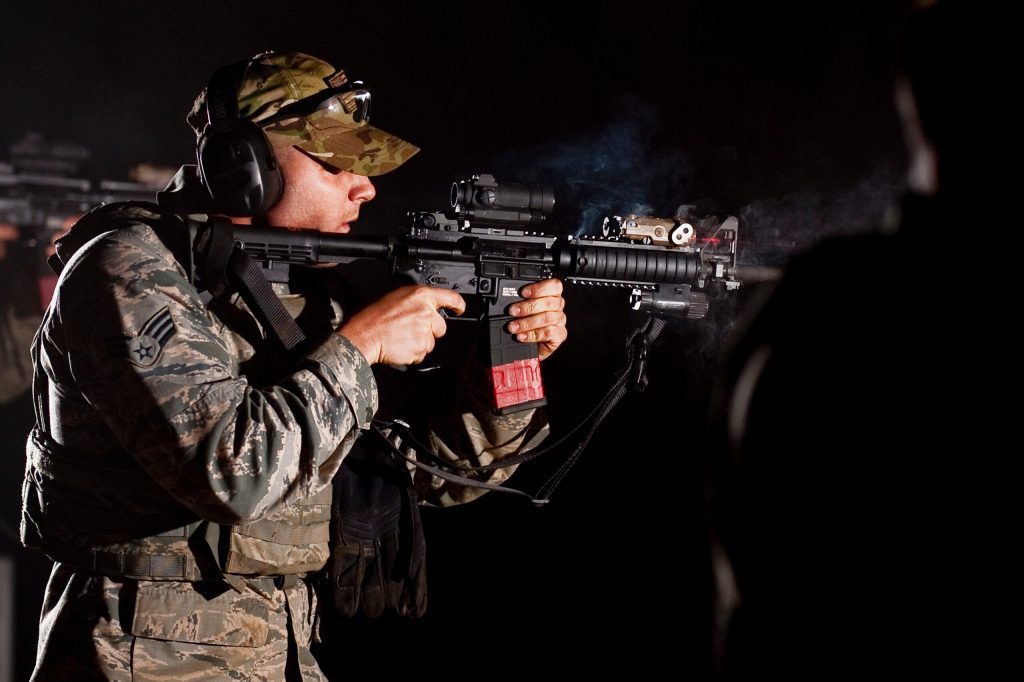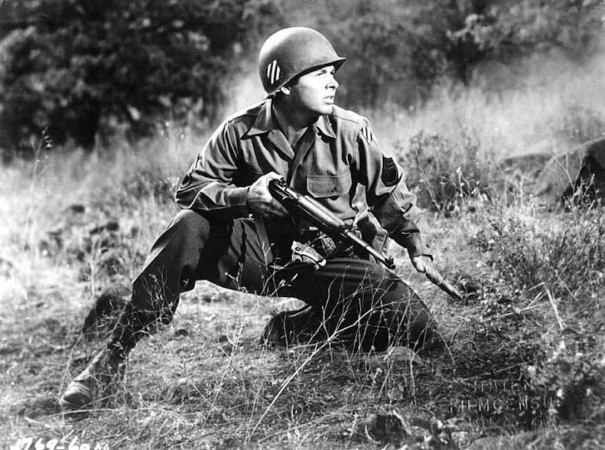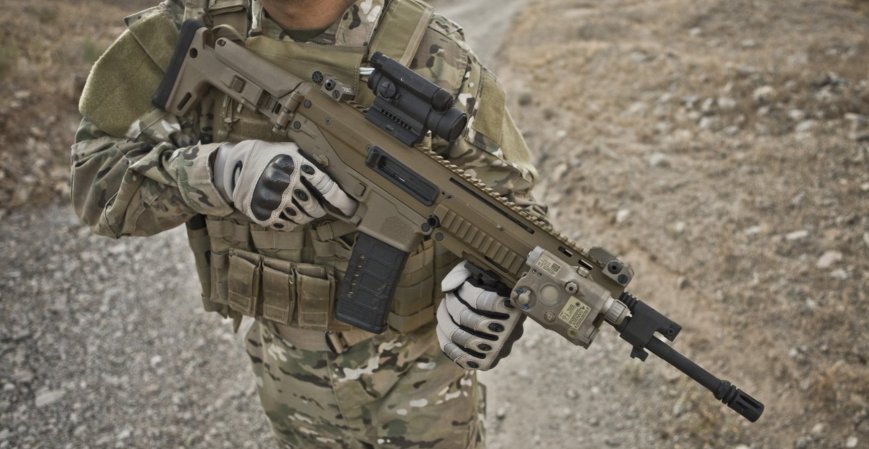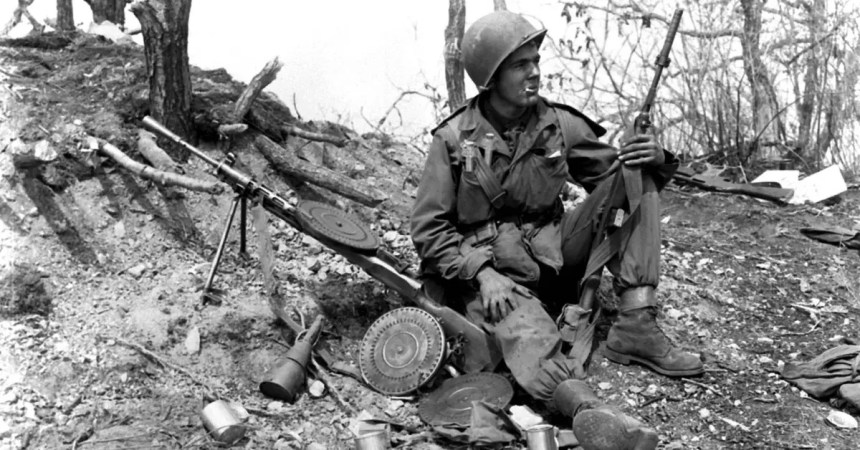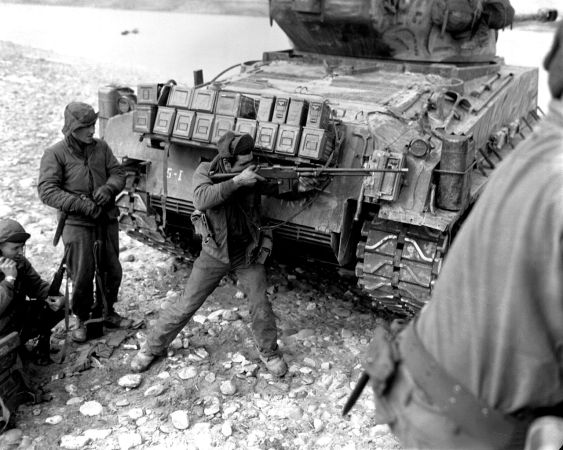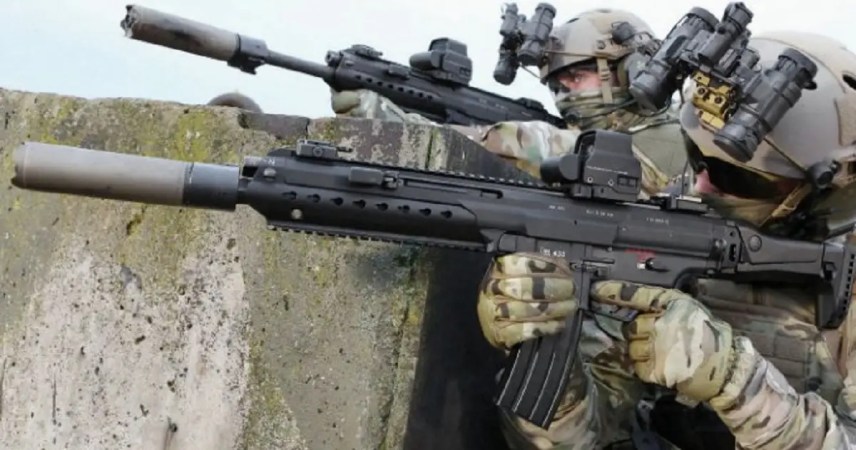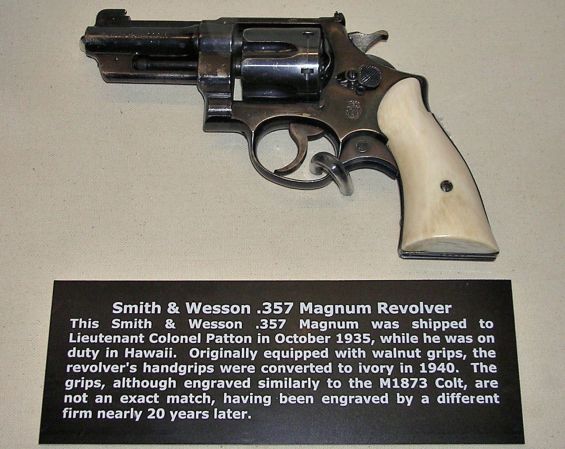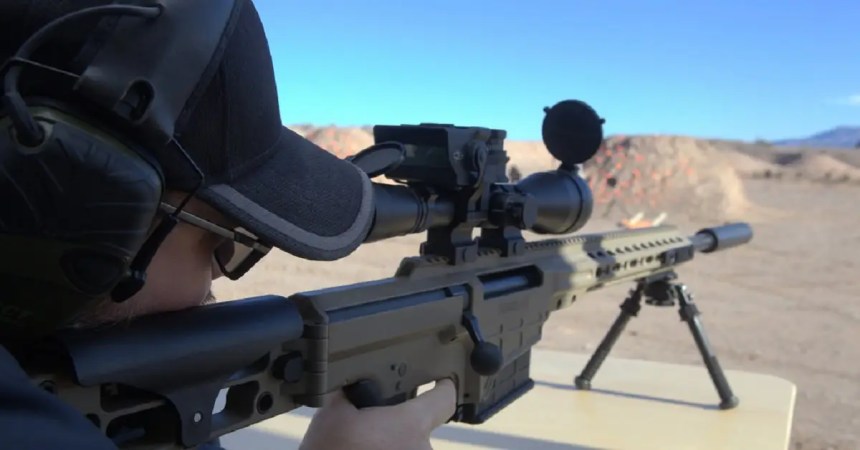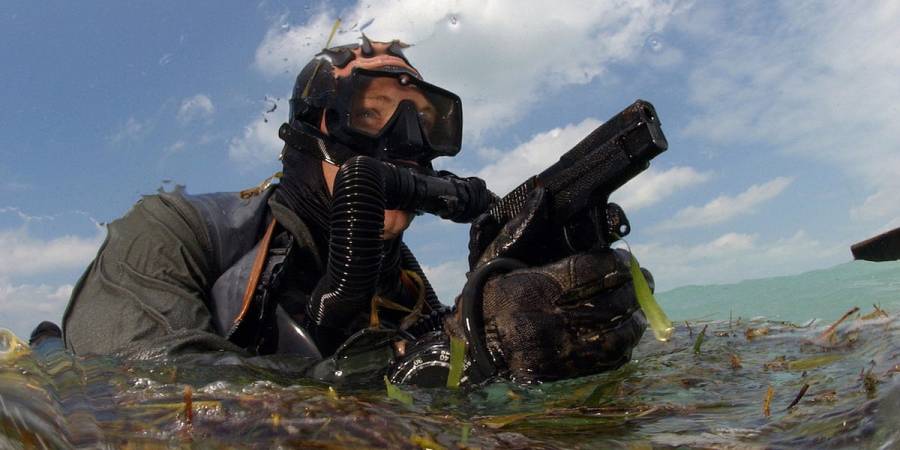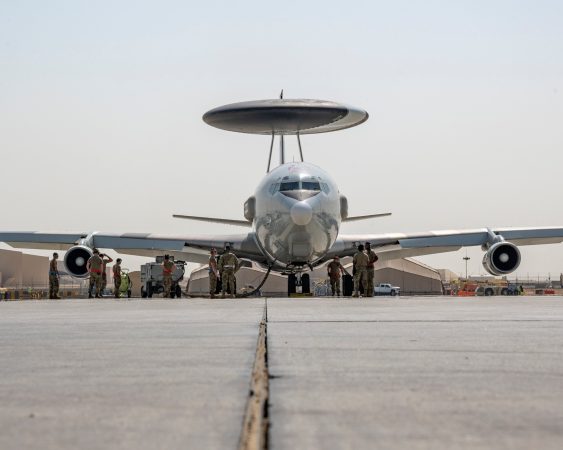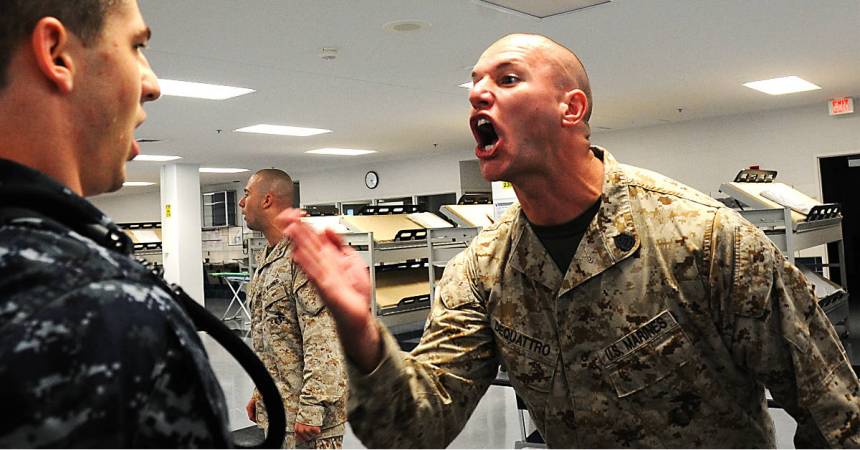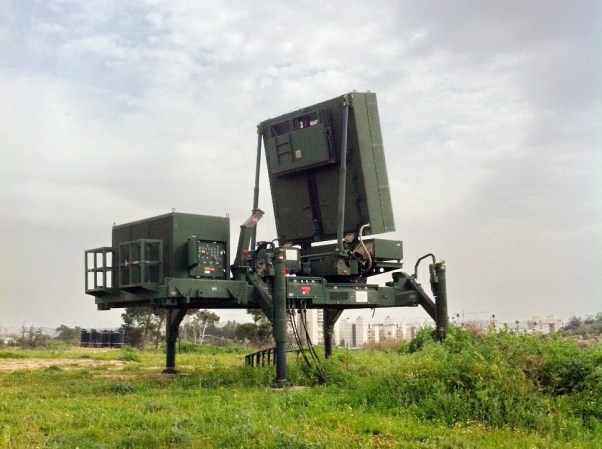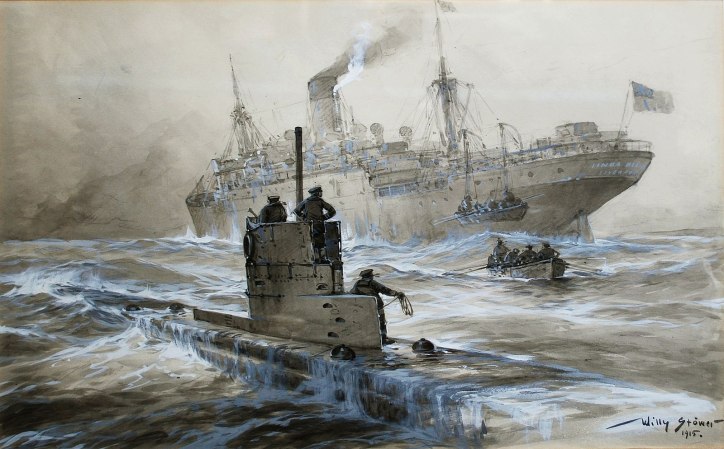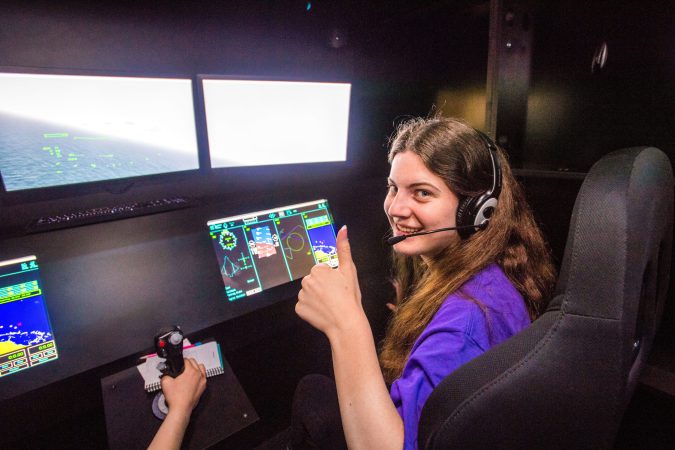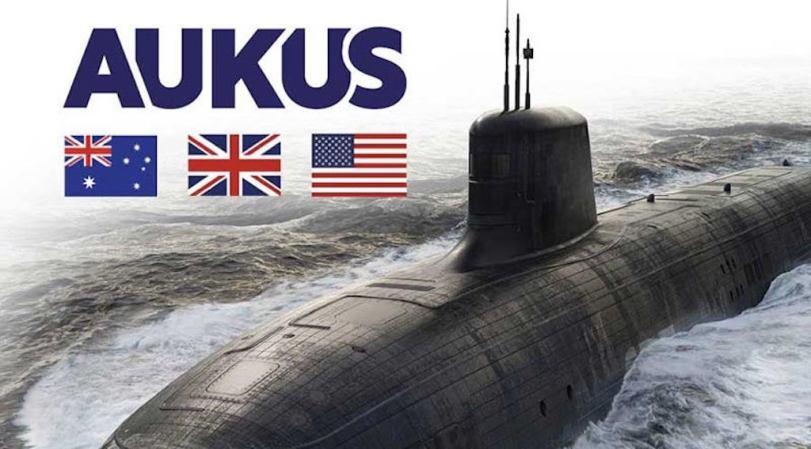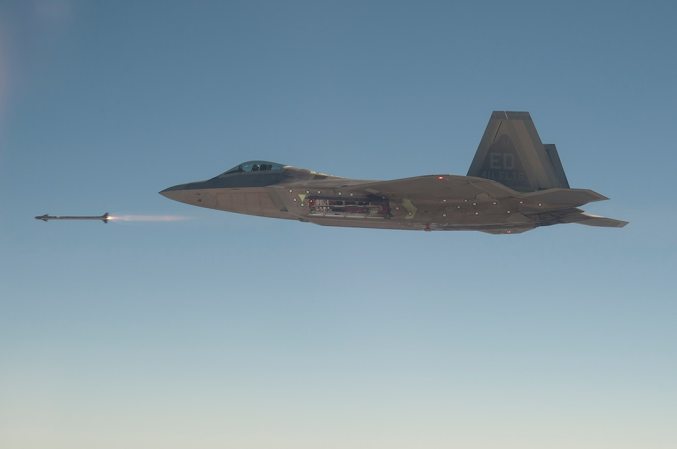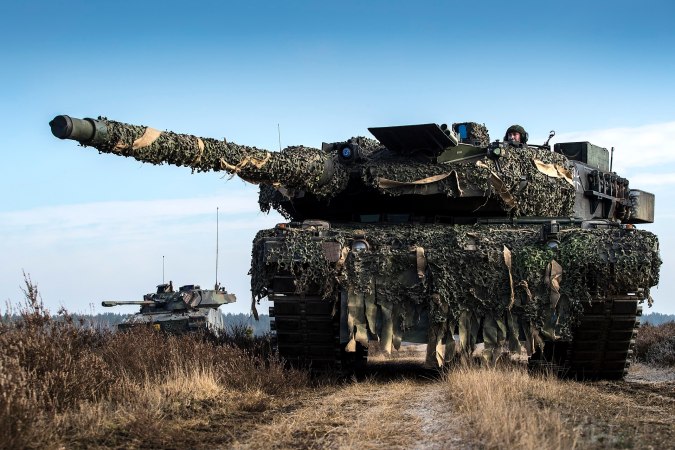Attachment rails, officially known as the rail integration system (RIS), can nowadays be found on most weapons. They enable adding attachments and also function as handguards.
Some people like to overdo it with their attachments, though, so I thought I’d take a more grounded approach to attachment rails and see how to improve your weapon.
Short History of the Attachment Rail
Depending on the exact weapon, you can find one or more attachment rails underneath the barrel, on the sides, or on top of it. It wasn’t always like this, though, as these rails are new inventions in firearm history.
Original Kalashnikovs could be modified with a so-called Warsaw rail attached to the left side of the rifle. Old long-range snipers, particularly sniper rifles, had a dovetail rail on top of the barrel.
This rail was made for the mounting of telescopic sights and it was more or less identical on all rifles. Smaller dovetail rails can be found on some handguns too, such as the Beretta 92FS.
Modern firearms have attachment rails included in the design, while they also function as handguards. The design is similar to the dovetail rail, but it’s improved for easier assembly and disassembly of attachments.
These rails can be attached to older weapons too, but they have to be attached by a gunsmith.
How Can I Modify My Rail?
You can adjust your rail by both height and angle. Modern rails can be angled by 22°, 45°, and 90°. You can also add rail guards, something soldiers often do to prevent foliage from latching onto the rail and the attachments.
Now, let’s take a look at the most common attachments and when should you use them.
Flashlight
This one answers itself. Unless you have night vision goggles, adding a flashlight to your attachment rail is absolutely necessary for shooting in the dark.
Some handguns have a problem with this as they don’t have the underbarrel rail – only the rail on top of the barrel. If you add a flashlight to it, you’re not going to be able to aim.
However, handguns with an underbarrel rail should do just fine.
One particular type of weapon poses a problem – the revolver. Partly because of the cylinder, and partly because they want to retain the traditional look, not many revolver manufacturers include the attachment rail in their weapons.
Some of the Smith & Wesson Performance Center models have attachment rails, though, and they’re the most notable exceptions to the rule.

Red Dot Sights, Holographic Sights and Reflex Sights
These attachments are most often bought for rifles and shotguns, but they’ve been adapted to handgun use too.
They’ve proven their use in the field and it’s now clear as day that these sights are better than classic iron sights, especially if you have bad eyesight or if you’re shooting in the dark.
Modern sights are a great attachment to invest in, as long as you’re not planning on long-distance shooting. In that case, you need optics.
Most modern sights are designed to be easily added, but also easily taken off the rail. In case the sights get damaged or stop working for some other reason, you can simply take them off and continue using your iron sights.
Pods and Grips
Bipods are common attachments, especially with machine guns, which have such high firepower that they would otherwise be a nightmare to control. They’re also a common attachment for sniper rifles, as they keep the rifle stable and off the ground.
Grips are similar to bipods, but they’re designed for handheld weapons with high firepower to increase stability. They’re attached beneath the barrel and they give you more control over the gun.
I’d recommend bipods for long-range rifles, while grips are great for shotguns and automatic weapons that easily get out of control.

Lasers
Lasers are often added in movies just for the sake of looking cool, but they’re actually very practical in real life. It’s safe to say that handguns are the most inaccurate firearms because of their short barrel, and a laser can improve that massively if it’s installed correctly.
They’re also used on assault rifles and small submachine guns – anything intended for close and medium-range combat.
The biggest problem with lasers is that they’re difficult to use during the day (although not impossible), so the investment may not be worth your while if you never shoot at night.


